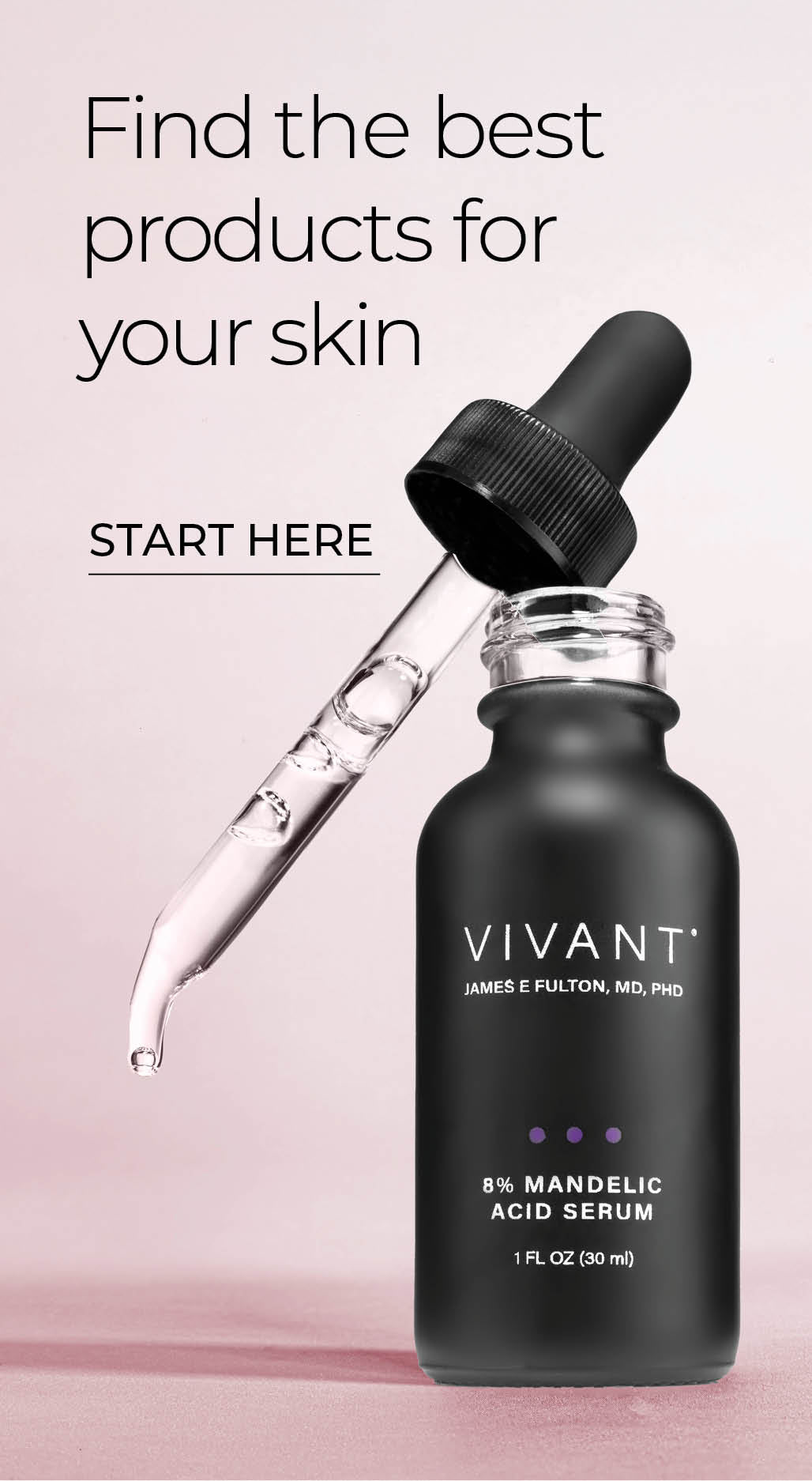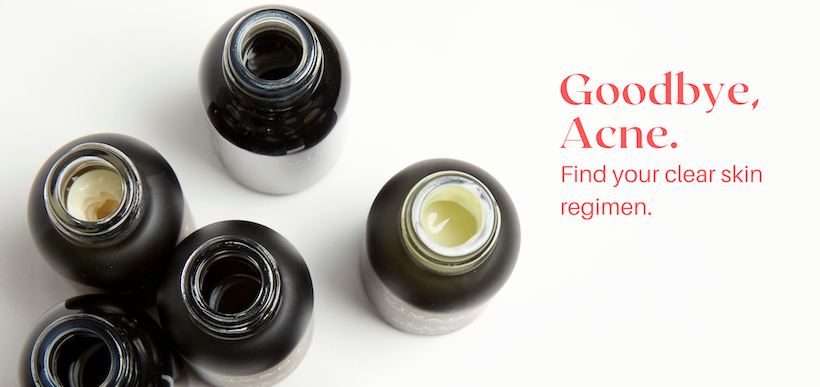Why Micro-needling and Acne Don't Mix
Micro-needling has some excellent benefits for rejuvenating skin and reducing acne scarring. But like many good things, it comes with some cautionary tales, which some have discovered the hard way. We’re here to save you that pain with this critical piece of advice: never, never dermaroll over active acne. The doctor explains why.

What is micro-needling?
Micro-needling is a skin treatment based on collagen induction therapy (CIT). A derma-roller—basically a mini rolling pin with sharp quills—is rolled across the skin to introduce micro-injury. The needling wakes up a reaction in the skin that prompts your body to send collagen to the epidermis to repair the skin, resulting in a firmer, smoother tone over time.
The process is used for reducing scars and fine lines, minimizing stretch marks, dispersing pigmentation, and as a transdermal delivery system for therapeutic skin care ingredients.
The effects are enhanced when used with collagen-boosting agents like vitamin C or vitamin A, or with skin brightening agents like hydroquinone, mandelic acid, or kojic acid.
As the process has grown in popularity, the simple dermaroller device has evolved with an array of options, including needle length, drum size, and automation.
Those for use at home have shorter needles and are mainly for improving product absorption, and mild stimulation of collagen.
Medical devices have longer needles—0.5 mm to 2mm—so they reach deeper into the skin for more dramatic results, including the improvement of scars, stretch marks, and the reduction of wrinkles or pigmentation.
No Micro-needling on Active Acne!
Whether the dermaroller is a home care device or the type used by professionals, it is guaranteed to make acne worse if used over active lesions. What does that mean? If you have acne-prone skin in general, but your skin is clear, you are all systems go for a micro-needling session.
If, however, you have pustules, pimples, inflammation, nodules, or any form of active breakout, that is a flat NO to the roll. The needles will come into contact with acne bacteria under the surface of the skin and spread it, igniting more and worse flare-ups.
Additionally, already inflamed skin will suffer from further irritation.
The same caution applies to skin with active eczema, psoriasis, or any other active irritation.
Can I use products while microneedling?
See Vivant’s complete acne-fighting collection.
If your skin is sensitive, be careful using the dermaroller with an acid like glycolic, which already has a fast absorption rate. The needles act as a fast-track delivery system of actives into your skin, meaning any usual sensitivity will be magnified.
If you’re not sure how your skin will react, do a patch test and wait a day to judge your skin’s sensitivity.
If you’re rolling at home, don’t forget to clean your device after each use. Even when used on skin in peak condition, a dermaroller can spread bacteria if not properly sanitized.
So while you will hear micro-needling frequently discussed in association with acne, don’t be confused into thinking this is a good acne treatment. It’s in the reduction of acne scars that micro-needling shines.
Active acne should be treated with a consistent regimen consisting of an antibacterial cleanser like BP 3% Acne Wash, a clarifying toner like Normalizing Tonic to unclog pores, and a targeted serum like Vivant’s patented Derm-A-Gel daily vitamin A therapy to peel out impactions and encourage healthy cell renewal.


Comments